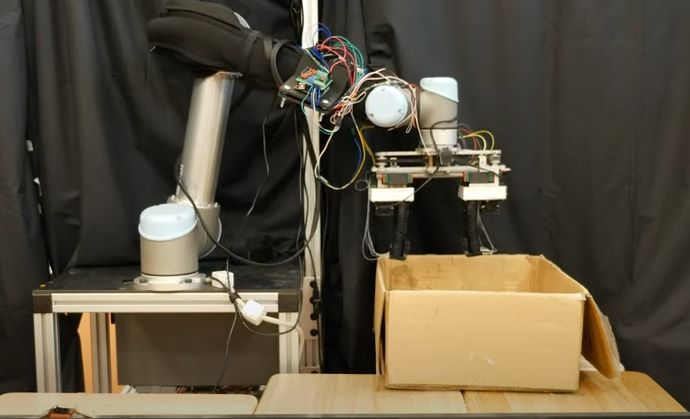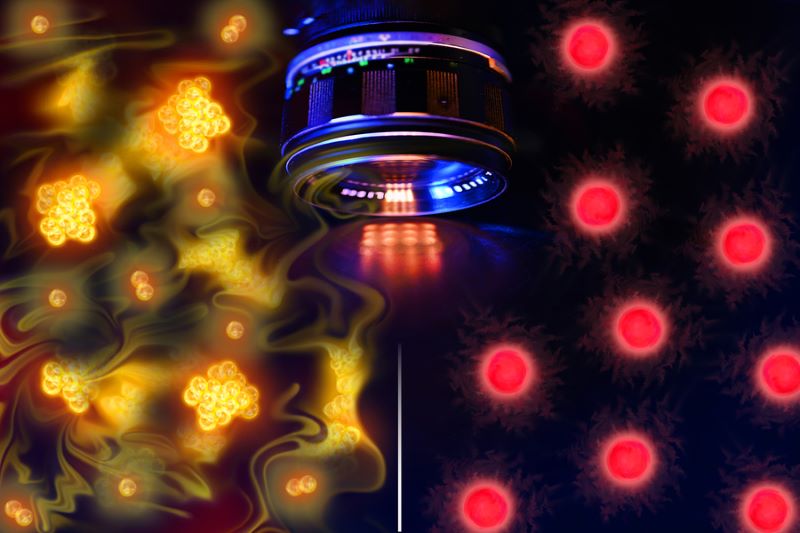In recent years, technology has revolutionized the way we shop for groceries. One of the latest advancements in this field comes from MIT’s CSAIL (Computer Science and Artificial Intelligence Laboratory) with its soft robotic innovation.
The RoboGrocery system packs groceries using soft robotics. The process becomes more efficient and reduces the risk of damage to delicate items.
RoboGrocery is an advanced system that integrates computer vision with a soft robotic gripper. This combination allows it to handle a wide range of grocery items with precision. Initially, the system uses RGB-D cameras to capture depth information and color images. It accurately detects the shapes and sizes of objects on the conveyor belt.
Next, the robotic gripper, equipped with soft tactile sensors, evaluates the pressure and deformation of each item. This step is crucial for determining the delicacy of items. For example, when the gripper touches grapes, the sensors detect their delicate nature. Subsequently, it ensures they are not placed at the bottom of the bag. Conversely, more rigid items like soup cans are identified and placed at the bottom, providing a stable base for other groceries.
Efficiency with Advanced Algorithms
One of the standout features of RoboGrocery is its sophisticated algorithm. This algorithm uses data from the vision system and tactile sensors to make real-time packing decisions. It assesses each item’s weight, size, and fragility. The system ensures that delicate items are handled carefully and heavy items are packed securely. Overall, this integration of multiple sensing modalities makes the system highly efficient and reliable.
During tests, researchers placed ten unknown grocery items on the conveyor belt, including both delicate items like muffins and rigid items like meal boxes. The system successfully identified and packed these items, significantly reducing the risk of damage compared to traditional packing methods. RoboGrocery outperformed sensorless systems by nine times and vision-only approaches by 4.5 times, showcasing its superior capabilities.
Future Applications and Potential of Soft Robotic Systems
Although RoboGrocery is still in the research phase, its potential applications extend beyond grocery packing.
The team at MIT CSAIL is exploring improvements to the grasper and imaging system to further enhance its performance. As the system becomes more robust, it could be scaled for use in industrial settings such as recycling plants, where precise handling of various items is crucial.
Daniela Rus, the Director of CSAIL, emphasizes that this innovation represents more than just automation. She describes it as a paradigm shift that enhances precision, reduces waste, and adapts to the diverse needs of modern retail logistics.
Conclusions
According to forecasts, the global retail logistics market may reach $809.7 billion by 2032. Innovations like RoboGrocery will most likely play a significant role in shaping the future of the industry.
The introduction of RoboGrocery marks a significant step towards integrating robotics into everyday tasks. By combining advanced vision systems, tactile sensors, and innovative algorithms, MIT’s CSAIL is paving the way for more efficient and damage-free grocery packing.
Read more about robotics on TechanDevices.









